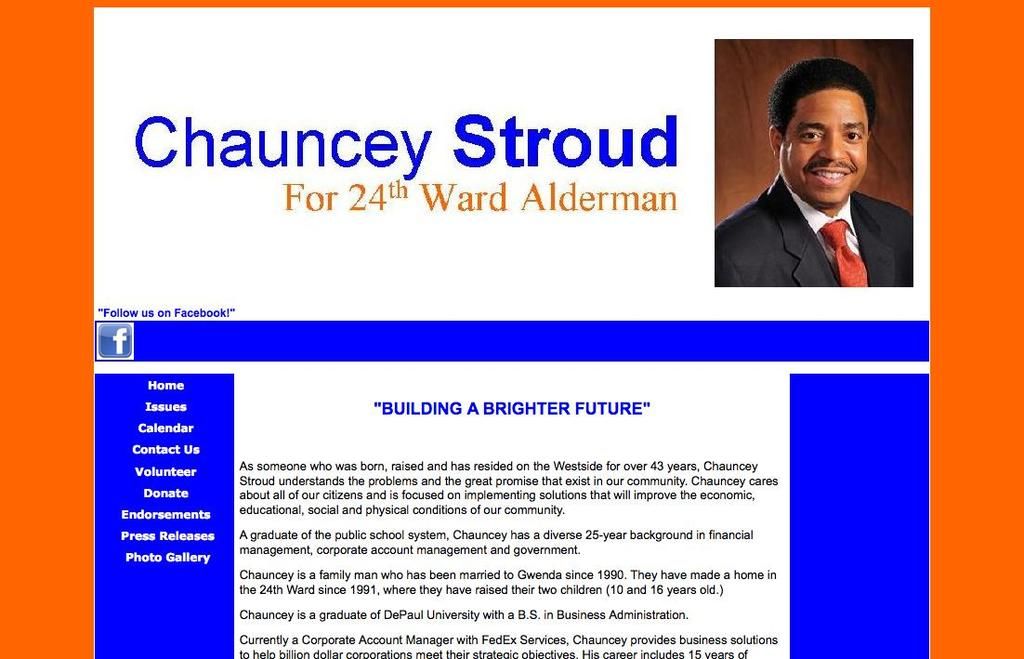Regular, Frequent Buys of the Middle Class That Drain Your Finances
R scoring a fat paycheck and living frugally, yet still straining to make ends meet and achieve financial prosperity? It's not always a lack of income that's the issue. Unseen patterns in spending can nibble away at your hard-earned cash, gradually eroding your long-term financial health.
These common purchases might look reasonable on the surface or appear justified because they're popular among peers. But they create hidden opportunity costs that grow over time, draining cash away from investments, emergency funds, and debt reduction - all vital elements for genuine financial progress.
Here are the five middle-class expenditures that keep your pockets empty:
1. Mortgages That Hog Your Cash Flow
The dream of becoming a homeowner can swiftly turn into a financial nightmare when buyers bite off more than they can chew to purchase their forever home. Financial gurus usually recommend not exceeding 28-30% of gross monthly income on housing costs like mortgages, property taxes, insurance, maintenance, and repairs. However, many middle-class buyers frequently overshoot this limit or even break the bank entirely, becoming the infamous "house poor."
Hidden housing costs tend to be far more than just the monthly mortgage payment. For instance, property taxes can add hundreds of dollars monthly, while homeowner's insurance, maintenance, and unforeseen repairs create ongoing financial obligations. Annual maintenance typically costs between 1% to 3% of a house's value, meaning an $800,000 home might require anywhere from $8,000 to $24,000 annually in upkeep.
Forgetting the long-term consequences, the number crunch might look like this: an extra $500 monthly mortgage on a $400,000 house instead of a $300,000 house means $6,000 less you can invest each year. Even though real estate can appreciate, it requires constant investment in maintenance, repairs, and improvements that not always guarantee returns.
Exorbitant housing costs also bind you to less flexibility during financial emergencies or job changes. If a large portion of income goes toward housing, there will be less available for emergencies, retirement savings, or opportunities that arise. This creates a vicious cycle where homeowners feel stuck with their biggest expense, unable to take calculated financial risks that can enhance their situation.
2. Cars That Gobble Your Income
Autos represent one of the greatest wealth destroyers in middle-class budgets, but many still regard car purchases as investments rather than depreciating assets. New cars typically disappoint by losing approximately 20% of their value in the first year and continuing to depreciate at a rapid rate, often losing 60% or more of their original value within five years.
The overall cost of owning a car includes more than just monthly loan repayments. High-end vehicle insurance premiums, maintenance, and repairs for luxury brands may cost substantially more than ordinary cars. If you're financing your purchase, don't forget the brutal impact of interest, with thousands being added to the final cost.
The financial damage done by expensive cars can snowball over time. Consider whether you'd rather have the $30,000 difference between a $50,000 luxury vehicle and a $20,000 reliable car invested instead. Over the vehicle's ownership period, that $30,000 could potentially grow significantly in value, while the car, alas, will not. Choosing a dependable used vehicle, paid cash-up-front, can free up hundreds of dollars each month for further investments.
Individual identity and family safety are valid concerns. However, many believe a luxury vehicle to be a requirement for professional status or family security. While reliable transportation is essential, statistically speaking, there's rarely much difference between a dependable used car and a luxury one in terms of function.
Certified pre-owned vehicles from reliable manufacturers might be the perfect compromise, offering recent features and remaining warranty coverage, all while minimizing depreciation.
3. Eating Out Every Day: A Wealth Killer
Day-to-day expenses often escape attention in household budgets, but their creepy crawly effect can be harrowing. The convenience of grabbing coffee, picking up lunch, or ordering delivery creates spending patterns that seem petty indivdually yet add up to substantial annual costs.
A daily $12 lunch, purchased five days a week, amounts to $3,000 annually. Include occasional coffee-shop visits and the occasional dinner delivery, and restaurant spending can easily skyrocket to $5,000 to $8,000 each year for an individual or couple. Expenses escalate even more with costs for families covering their children's preferences and busy schedules.
The opportunity cost surfaces when considering investment alternatives. Instead, the money spent on eating out could fund retirement accounts, emergency savings, or debt repayment. Even modest sums invested regularly can eventually compound into a sizeable fortune through compounding returns, while restaurant expenses merely supply temporary gratification without lasting value.
The trick isn't eradicating every snack-out but grasping your spending patterns and making wise decisions. Meal planning, batch cooking, and toting homemade coffee can significantly decrease these expenses without sacrificing convenience. Establishing a monthly dining budget lets occasional celebrations for special events occur while preventing habitual overspending that jeopardizes long-term financial goals.
4. Status-Seeking Home Renovations: No Returns, No Regrets
Home improvement projects aim to improve living spaces and maintain property values, but many middle-class homeowners indulge in pricey upgrades that yield negligible financial returns. Kitchen remodels, marble bathrooms, and landscaping projects frequently cost tens of thousands of dollars, recovering only a fraction of their cost when it's time to sell.
High-end finishes, designer features, and luxury appliances certainly make beautiful spaces. However, they rarely provide commensurate financial returns. While basic kitchen and bathroom updates might recover between 60% to 80% of their cost, luxury renovations may fetch much less. Over-the-top landscaping, swimming pools, and other amenities might repel potential buyers due to their perceived upkeep and maintenance costs.
The debt implications compound the issue. Home equity loans and lines of credit might offer relatively low interest rates, but they raise overall debt service and reduce available equity. When renovations are financed, the actual cost soars with compounding interest on top of the initial investment.
Discerning between necessary repairs and luxury upgrades enables wiser spending. Projects that address essential maintenance keep the home's present value, while cosmetic improvements often only serve aesthetic purposes. Focusing renovation money where it's needed, on projects that boost functionality or energy efficiency, yields better returns than purely appearance-based changes.
5. Extravagant Vacations: Sabotaging Financial Goals
Time off and unforgettable experiences provide valuable memories, but lavish vacation spending can seriously set back your financial stability. Countless middle-class families charge their sumptuous holiday escapades to their credit cards, creating debt that takes years to pay off, while interest adds extra weight. To illustrate, paying off a $5,000 family vacation using only minimum payments could cost around $7,500 or more in the end.
Social pressure and the drive for fantastic family experiences feed many to overspend on travel. However, remarkable travel memories don't necessitate luxury accommodations or far-flung destinations. Budget-friendly planning, off-peak travel, and selecting destinations reachable by car can offer enriching adventures without triggering financial stress.
Balance present enjoyment with future financial security. Establishing an annual travel budget, saving ahead of time instead of charging trips, and choosing experience that suits your overall financial goals can permit you to travel while still making progress toward wealth building. Acknowledging the importance of balancing financial health doesn't mean ruling out travel completely but making conscious decisions about when and how to spend your money on experiences.
In Sum
These five spending categories share a common thread: they drain money from wealth-building activities, while creating lasting financial responsibilities. The opportunity cost of these purchases accumulates over time, causing a sizeable discrepancy between the current state and the financial potential that could be reached through more thoughtful spending habits.
Small tweaks in these areas can liberate substantial sums, allowing you to save for emergencies, invest in retirement, or pay down debt. Financial success isn't about scrimping and saving but about making sensible choices that promote long-term financial stability.
- Frequent overspending on housing costs, such as mortgages, maintenance, and repairs, can consume a large portion of income, whith a $500 monthly mortgage on a $400,000 house over a year equating to $6,000 less for investments.
- Choosing expensive cars, like luxury models or newer, more expensive vehicles, can result in escalating costs in the form of higher interest rates, insurance premiums, maintenance, and repairs. For example, over a vehicle's ownership period, $30,000 difference between a $50,000 luxury vehicle and a $20,000 reliable car could potentially grow significantly in value if invested rather than spent on the car.
- Daily expenses, such as eating out, can add up quickly, with a $12 lunch five days a week matching $3,000 in annual costs. These expenses can hinder long-term financial goals by siphoning away funds that could be used for investments or savings.
- Unnecessary home renovations, such as luxury upgrades, marble bathrooms, and landscaping projects, often recover only a fraction of their cost when selling, while also potentially increasing debt through home equity loans and lines of credit. Focusing renovation money where it's needed and choosing projects that boost functionality or energy efficiency typically yield better financial returns.
- Overspending on vacations, particularly charging expenses on credit cards, can create substantial debt that may take years to pay off, hindering financial goals and stability. Strategic planning, choosing off-peak times to travel, and selecting budget-friendly destinations can permit memorable family experiences without causing financial stress.






